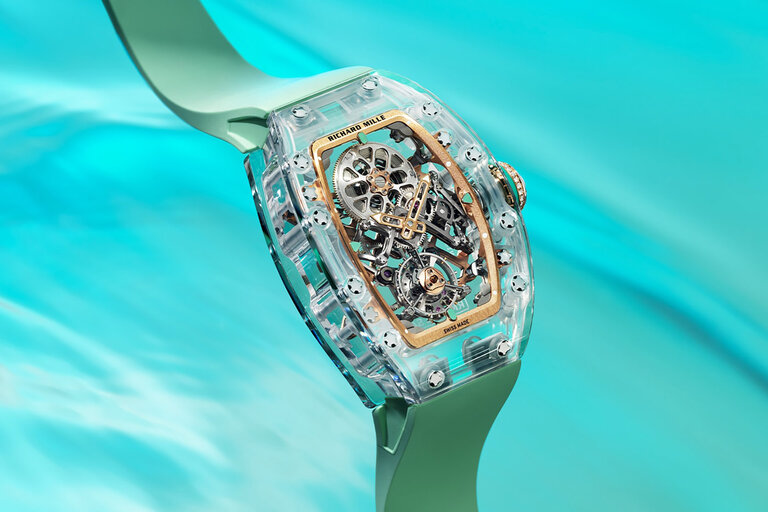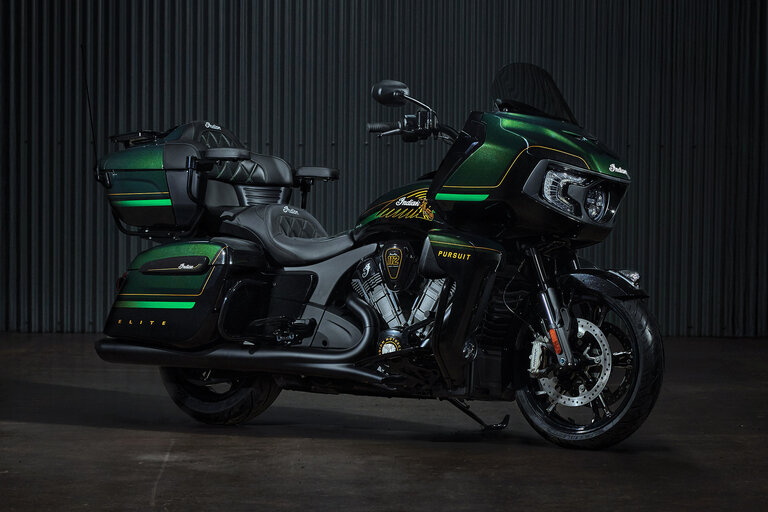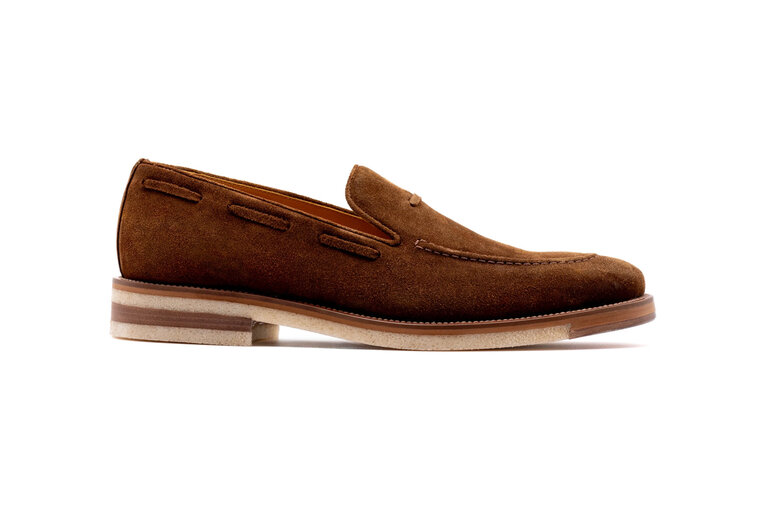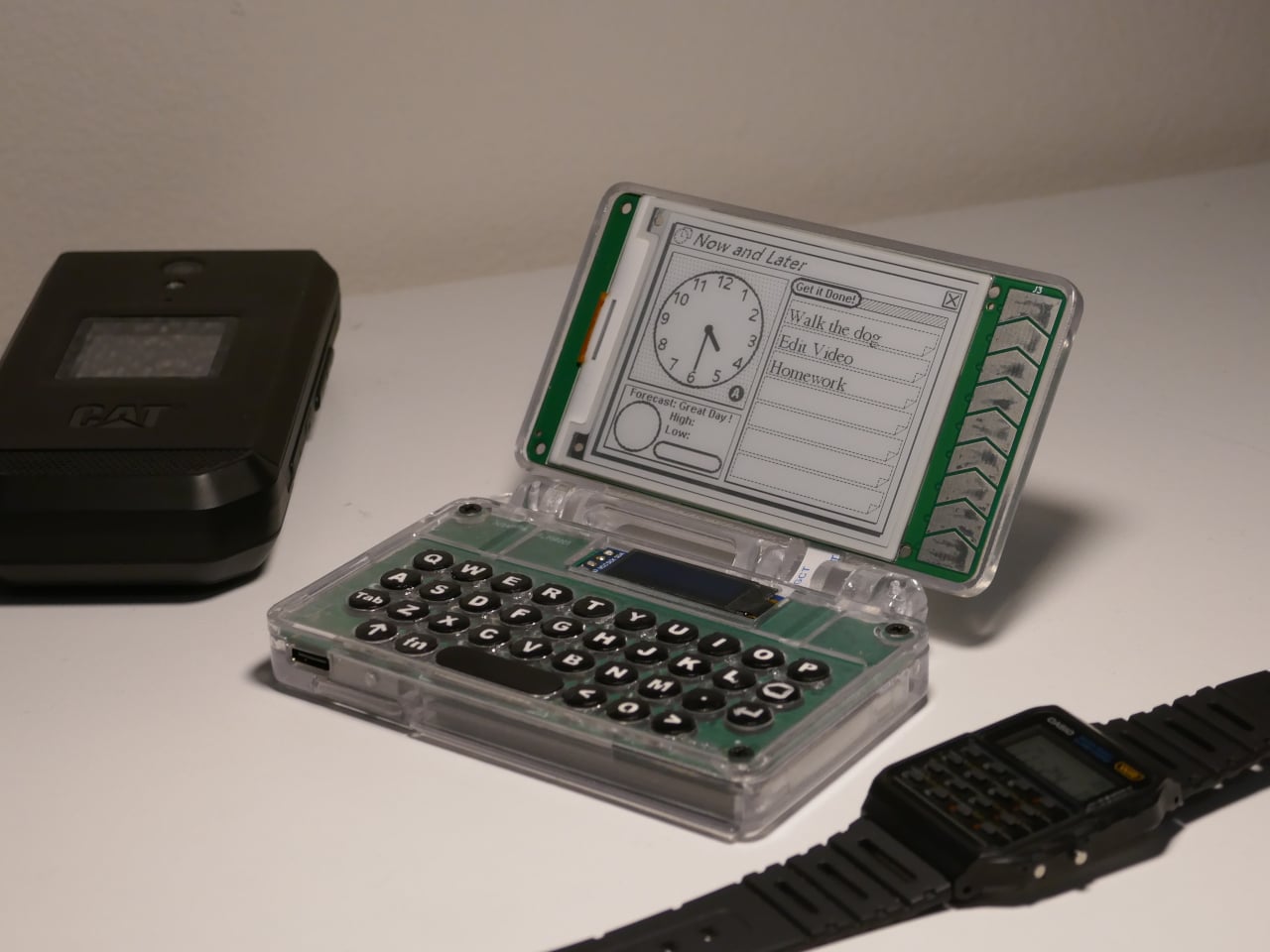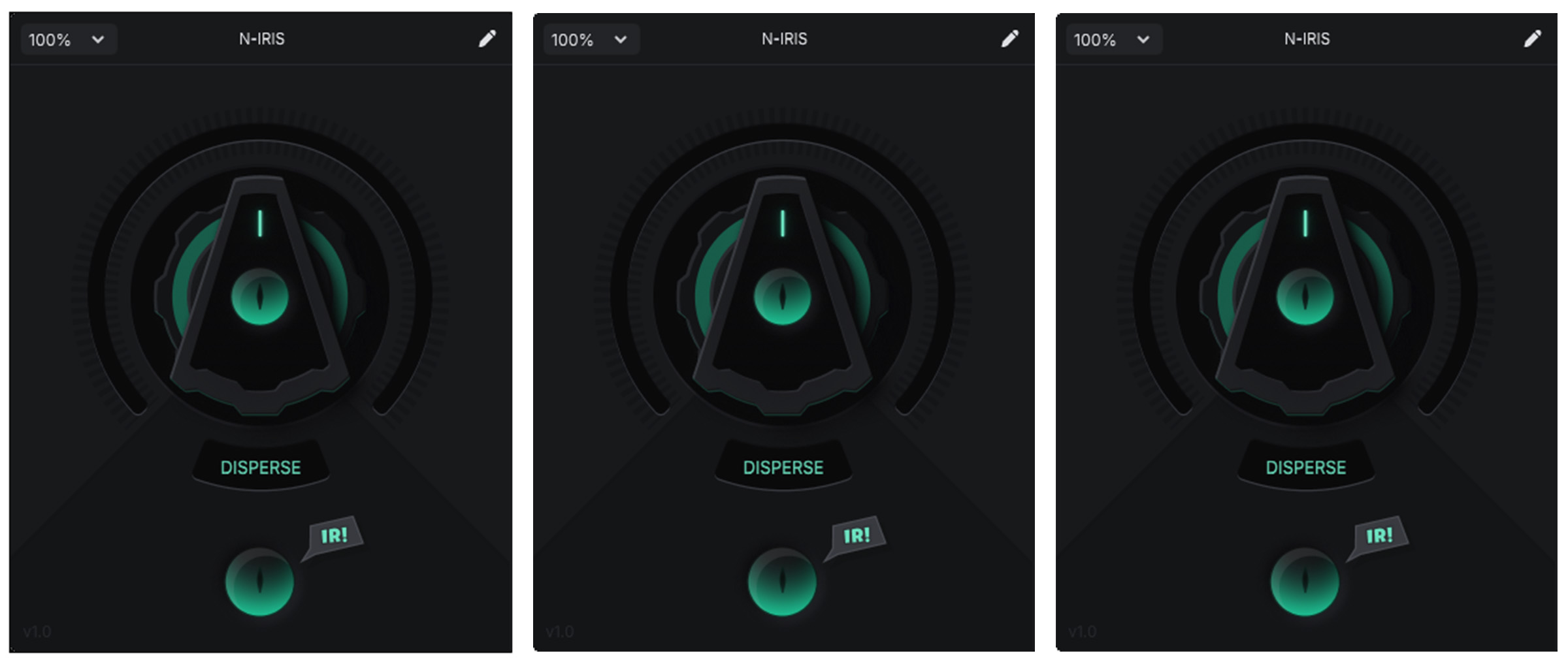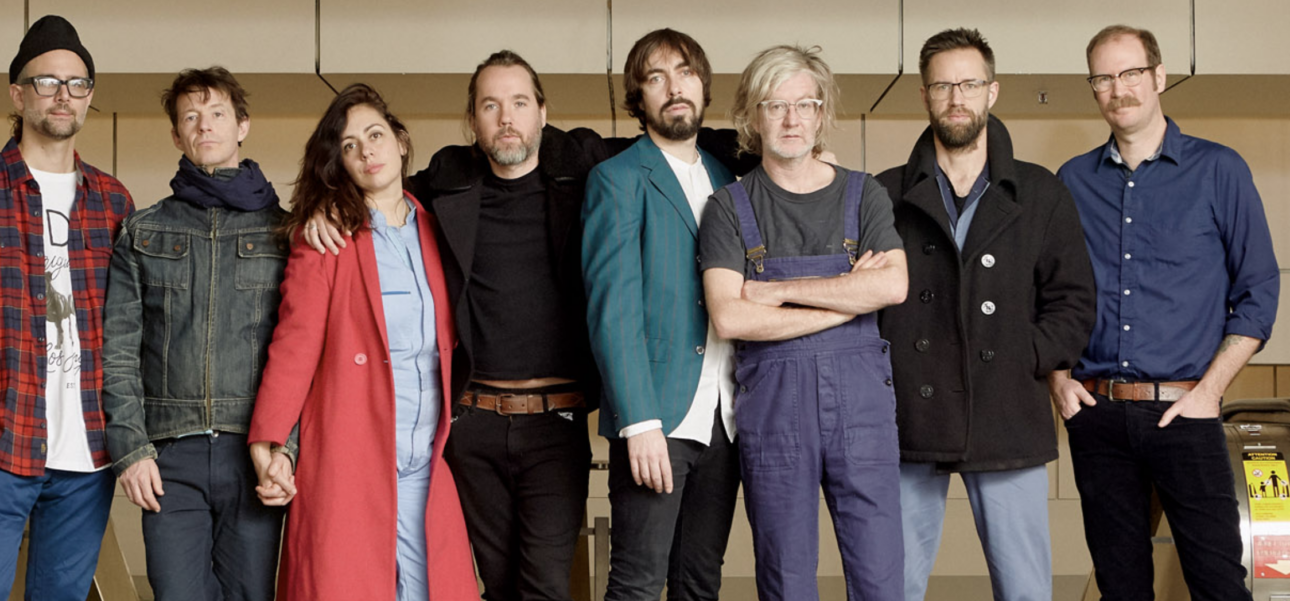"Biohybrid" robots controlled by mushrooms move in response to light
Cornell researchers have developed a pair of small robots powered by mycelium designed for use in agriculture and space exploration. The researchers, led by Anand Mishra, a professor at Cornell Engineering, discovered a way to grow mycelium into the electronics of a robot. They then powered the robots by harnessing the fungi's innate electrical signals. The post "Biohybrid" robots controlled by mushrooms move in response to light appeared first on Dezeen.


Cornell researchers have developed a pair of small robots powered by mycelium designed for use in agriculture and space exploration.
The researchers, led by Anand Mishra, a professor at Cornell Engineering, discovered a way to grow mycelium into the electronics of a robot.
They then powered the robots by harnessing the fungi's innate electrical signals.
The resulting "biohybrid" robot can sense and respond to the environment better than a fully synthetic counterpart.

"You could say that mycelium bridges the natural ecosystem and the engineering world, serving as a living interface that connects biology with technology," Mishra told Dezeen.
Mycelium has several advantages, according to Mishra. It is "remarkably resilient" and can survive in some of the harshest conditions on the planet, including the Arctic, saline waters, and even radioactive settings.
Unlike synthetic robots, mycelium can also naturally respond to a variety of environmental cues, like light.
The team has built two robots: a soft robot that can walk like a spider, and a wheeled bot that can roll.
Both robots can sense soil chemistry in crops, decide when to add more fertiliser, and broadly speaking, gather environmental data to better understand agricultural ecosystems to help predict crop yield.
"We also believe this technology could have exciting applications in space exploration, where sustainable, self-sensing, and adaptive systems are especially valuable," said Mishra, who is also a research associate at Cornell's Organic Robotics Lab.
In a recent study, the researchers made the robots move and change their gait by shining UV light on their "head". They are now exploring other inputs.
Since fungi are living organisms, they naturally respond to a variety of environmental cues to survive and adapt," said Mishra.
This inherent responsiveness makes them particularly promising for biohybrid systems.
The research is similar to prior innovations, where scientists have built machines that can interact with their environment or regulate their temperature through sweating. Some of these robots also incorporate living materials like cells from muscle tissue, but scientists say it's difficult to keep these systems alive.
So far, the Cornell team has managed to keep mycelium alive for over a month without changing the nutrients the mycelium needs to grow.
Mishra believes that it's possible to sustain the fungi for years, "making them an excellent candidate for long-term biohybrid systems".
Mycelium has been the subject of various innovations.
Recently, a team of Rhode Island School of Design students and researchers created floating planting beds made of a mycelium biomaterial to cleanse waterways of pollutants, while Gob launched compostable, mycelium earplugs as an alternative to the 40 billion plastic earplugs produced each year.
The post "Biohybrid" robots controlled by mushrooms move in response to light appeared first on Dezeen.






![First Stills from Indie Slasher ‘The Last Sleepover’ Starring Felissa Rose Revealed [Exclusive]](https://bloody-disgusting.com/wp-content/uploads/2025/04/lastsleepover-scarlett2.jpg)























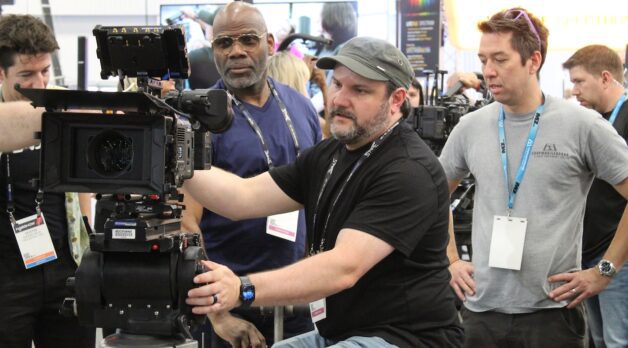
















































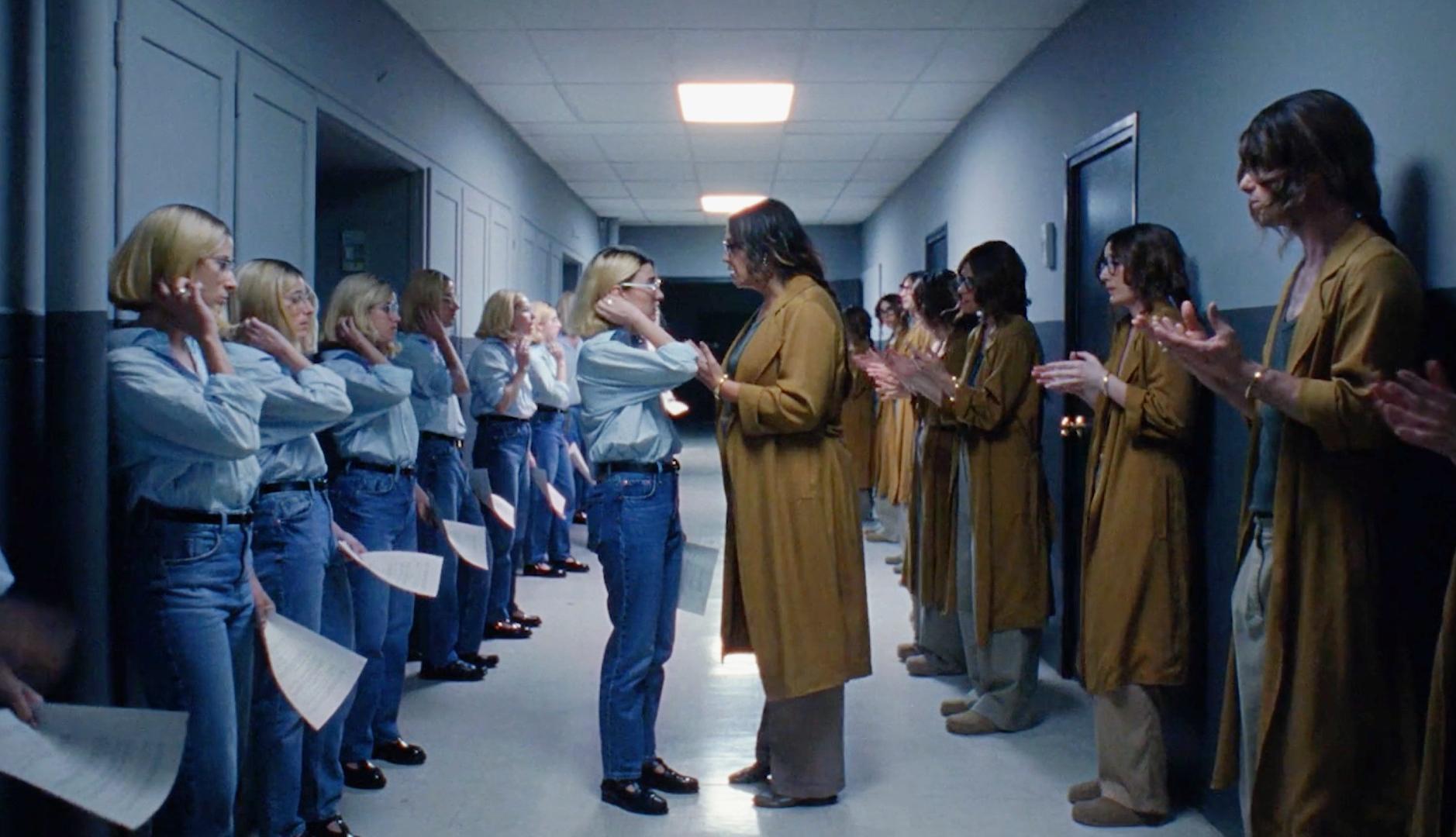


![Marvel Preview: Scarlet Witch Returns In TVA #5, Complicating Her MCU Status [Exclusive]](https://www.slashfilm.com/img/gallery/marvel-preview-scarlet-witch-returns-in-tva-5-complicating-her-mcu-status-exclusive/l-intro-1745521905.jpg?#)













































![[OFFER BEING PULLED]: The No Annual Fee Card That Makes Your Spending More Valuable Has A New Offer](https://boardingarea.com/wp-content/uploads/2025/04/ca0da65a6825b96f2f973660e5930464.jpeg?#)
























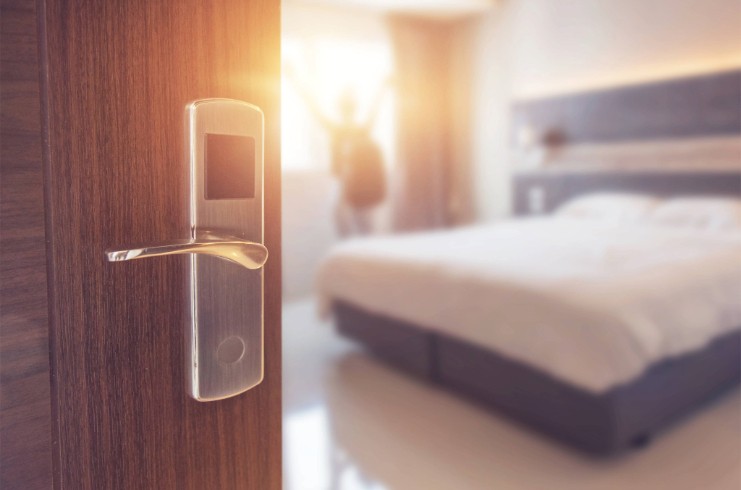








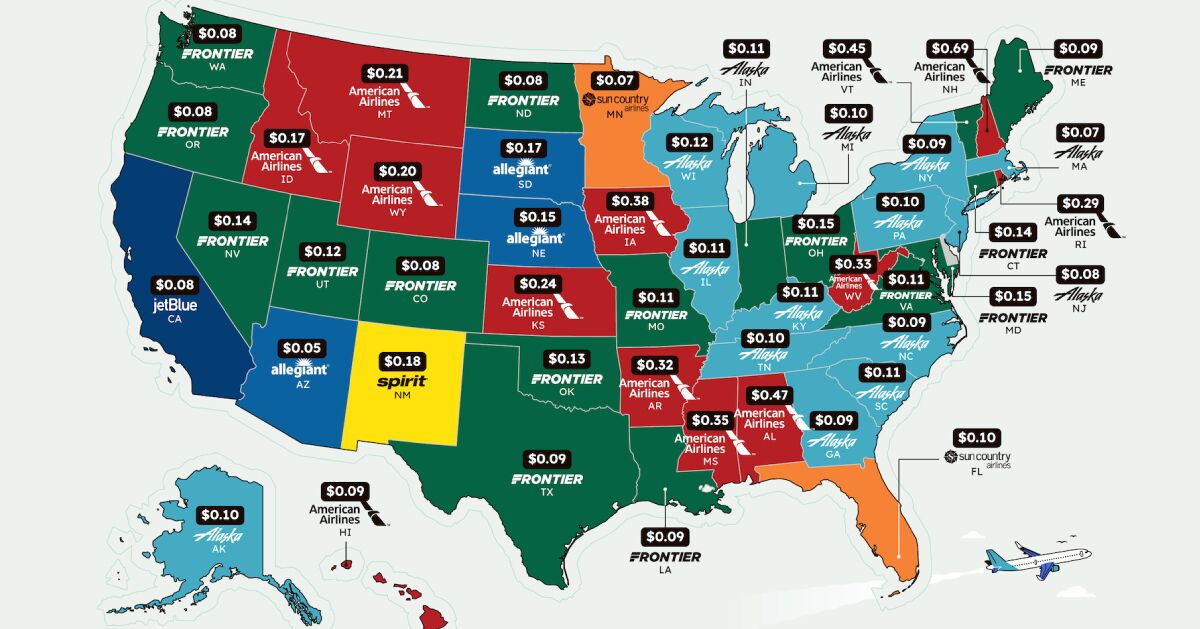























































![Last Chance Before Southwest Ends Open Seating: 90s Legend Kato Kaelin’s Barf Bag Hack Scores Empty Middle Seat [Roundup]](https://viewfromthewing.com/wp-content/uploads/2025/04/kato-kaelin-southwest.jpg?#)































































































































































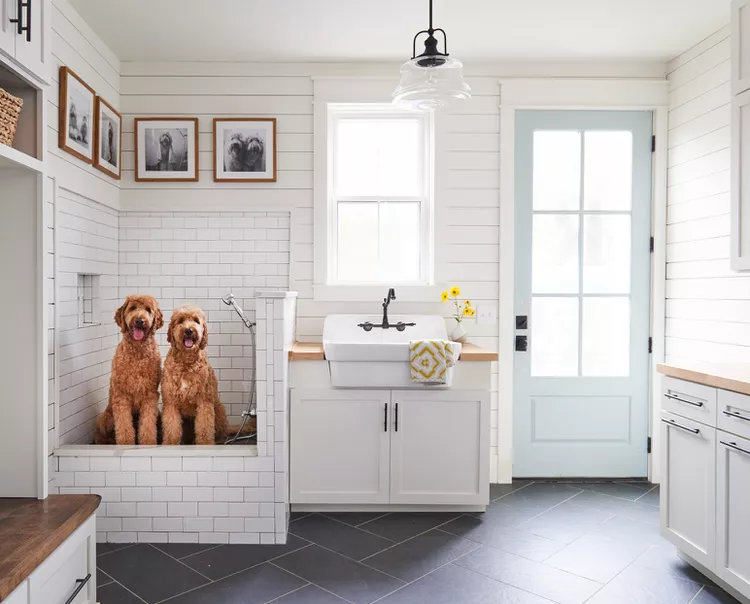






![[Podcast] Unlocking Innovation: How Play & Creativity Drive Success with Melissa Dinwiddie](https://justcreative.com/wp-content/uploads/2025/04/melissa-dinwiddie-youtube.png)










































